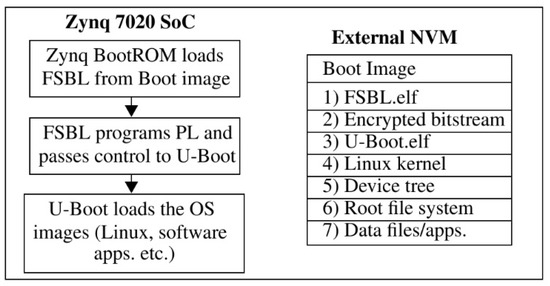
I can make a elf file out of a bin (raw binary) file with the GNU ‘objcopy command (see “ Converting a Raw Binary File into an ELF/Dwarf File for Loading and Debugging“): arm-none-eabi-objcopy.exe -input-target=binary -output-target=elf32-little myApp.bin The P&E connection is not able to load a raw binary file directly, it only recognizes a file with a header file. With using the MCUXpresso IDE, there is a LinkServer GUI Flash Programmer (see “ Using the LPCXpresso V2/V3 Boards to Debug an external Board“): The file formats supported depend on the connection type: With MCUXpresso IDE V11, the GUI Flash Programmer supports LinkServer, P&E and Segger connections.
PROJECT M BOOT.ELF CODE
This file format has the code and data, plus the debug information (which is *not* downloaded to the target and only used for debugging).

ELF/Dwarf: This is the normal output format of the linker.There are different file formats which can be used to program a microcontroller: I show this here with using the NXP MCUXpresso IDE (V10.0.0), but some ways are applicable say using the Kinetis Design Studio (V3.2.0) or if using the GNU ARM Eclipse plugins.
PROJECT M BOOT.ELF HOW TO
But there are ways how to download and program an application without a project. That launch configuration needs a ‘project’, so programming a board without a project is not the usual thing. The normal way in Eclipse to download a binary to the target is to use the debugger with a so called launch (or debug) configuration.


 0 kommentar(er)
0 kommentar(er)
